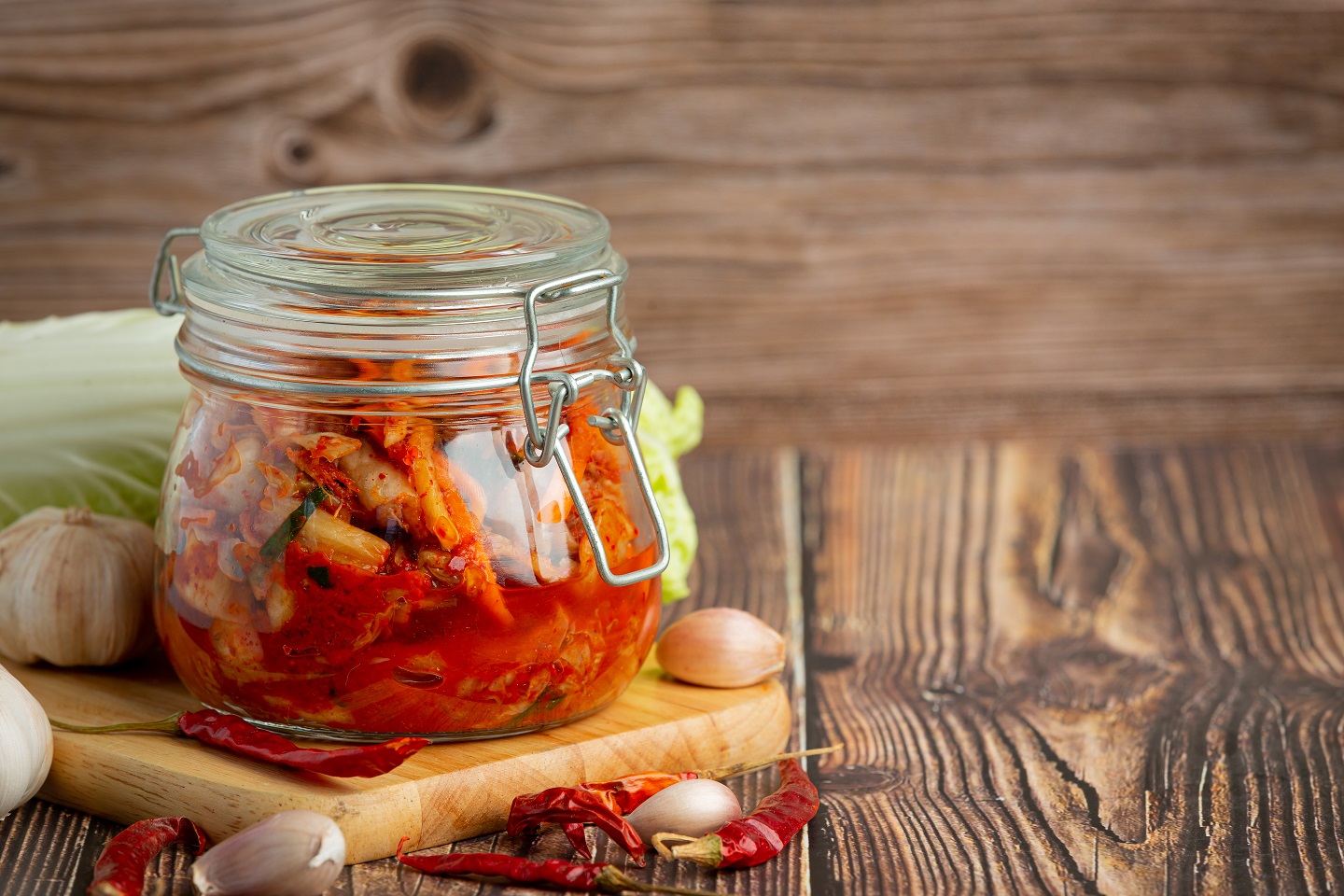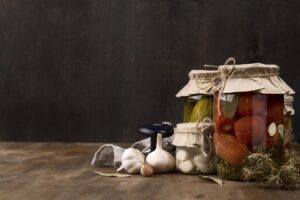Come with us on a tour to explore the delicious and vibrant history of pickling in India.
Pickling is an age-old tradition in India that has stood the test of time. It’s a technique of preserving vegetables, fruits, and meats in a mixture of spices, salt, and oil or vinegar.
Not only does pickling preserve food, but it also adds layers of flavour to any dish, making it a staple in Indian cuisine.
India has a long and diverse history, and pickling has played a leading role in crafting our culinary culture.
The roots of pickling in India go back to ancient times, with mentions in Ayurvedic texts from the Vedic period. The sacred texts highlighted the medicinal properties of pickling, such as its ability to prevent the growth of harmful bacteria in food, making it safe to eat.
As India progressed, different kingdoms and empires emerged, and each one contributed to the development of pickling in its unique way. The Mughal Empire, with its love for fine dining, had a significant impact on Indian pickling, bringing new spices and flavours to the mix.
One of the most famous pickles in India is the mango pickle, which has a rich and storied history.

It is said that the Mughal Emperor Akbar had a separate kitchen built exclusively for making mango pickles, a testament to his love for the tangy and spicy condiment.
Mango pickles were also a favourite of the Maratha king, Shivaji, who took them on his military campaigns as a source of nourishment.
Two polar opposite personalities, but their love for mango pickles are identical. That’s the beauty of mango pickles.
India is a vast country with diverse cultures and cuisines, and each region has its own style of pickling.
In the southern state of Kerala, pickling is done with a garnish of ginger, garlic, and green chillies. While in the north, mustard oil and spices are the primary ingredients. In the western state of Gujarat, mango pickles are made with a unique blend of mustard seeds, fenugreek, and turmeric.
During the Mauryan Empire, pickling became more widespread, with each region creating distinct pickling styles.
The Bhojpur region of Bihar has a rich tradition of pickling, and it has evolved over time, influenced by different cultures and traditions.
Pickling in Bhojpur is known for its unique
blend of spices and herbs, which give it a distinct flavour.
In the early days, pickling was done with only salt, oil, and spices. But as time rolled, new ingredients were added to the mix. For instance, mustard oil and hing (asafoetida) were introduced to the pickle-making process. It gave pickles a new dimension.
Bhojpur haat is experimenting and perfecting different ingredients to create our unique pickles. We have fine-tuned the traditional wisdom and modern techniques into our menu.
Pickling is not just about preserving food; it’s a cultural phenomenon passed down from generation to generation in India.
Many families have their unique process for pickling, handed down over centuries. Each generation adds its own twist to the mix.
Pickling is an essential part of Indian culinary heritage. Over time, flavours and techniques have evolved through cultural and traditional interactions.
In conclusion, pickling is a significant chunk of India’s rich culinary heritage. It continues to be our beloved tradition.
Pickling is a testament to India’s diverse culinary culture.
So, the next time we savour a bite of pickled goodness, remember that we are enjoying a slice of India’s vibrant heritage.




